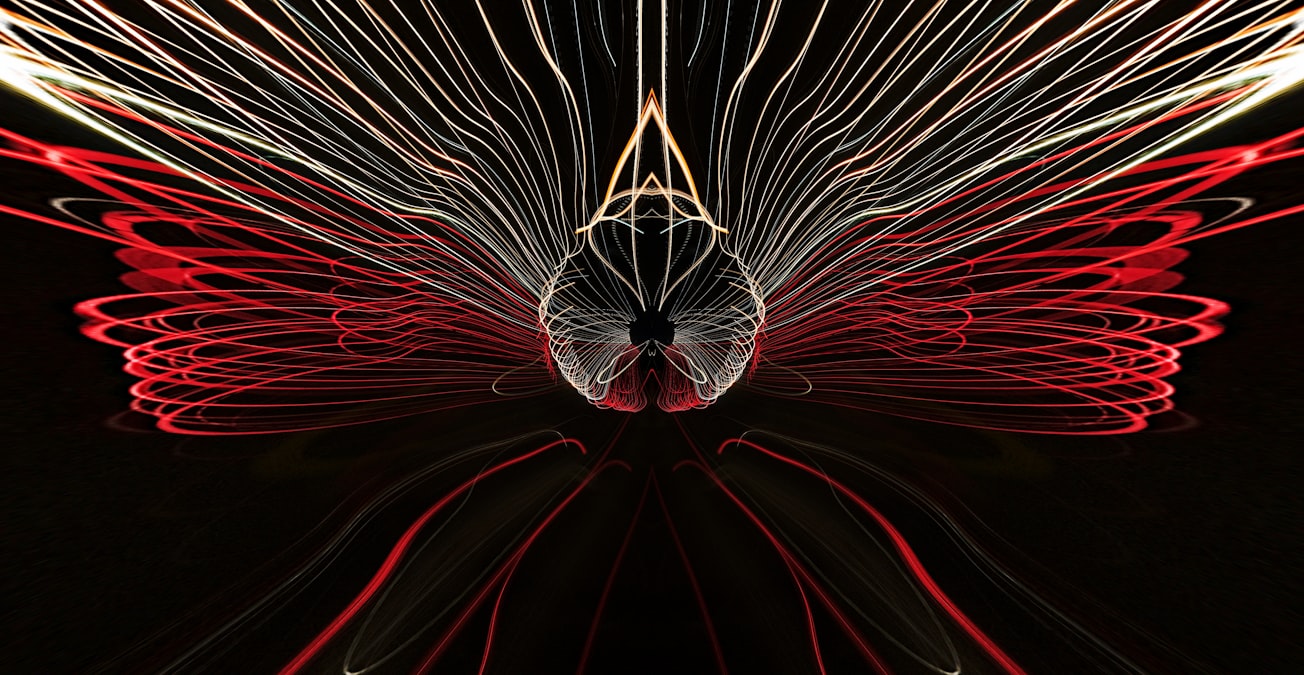What is it about?
If two photons are quantum-entangled, for instance in their polarization, they share a strong connection that persists no matter how far they are separated. This concept of photon entanglement is at the heart of many emerging quantum technologies like ultra-secure communication via quantum-key distribution or optical quantum computing. Traditionally, entangled photons are generated in bulky nonlinear crystals, which limits the flexibility in choosing their frequency, propagation direction and polarization. Here we show that nonlinear nano-resonators can generate maximally quantum entangled photon pairs and simultaneously offer much more flexibility. To describe this, we develop a general theoretical framework for the process of entangled photon generation in open nano-systems. We combine analytical and numerical methods to be able to include resonators with any shape and material.
Featured Image

Photo by Leiada Krozjhen on Unsplash
Why is it important?
The increasing number of applications of quantum technologies require quantum light source that can generate quantum states with tailored frequency, polarization and directionality. The theoretical understanding developed in this work enables the design of resonant nanostructures that fulfill all these tasks. Furthermore, it will help to better understand the results of recent quantum experiments with nanoresonators.
Perspectives
Photonic nanostructures can help to generate various types of quantum states and offer great flexibility. However, the challenge is to design them in a way that fully uses this potential. With this work we provide the basis to understand the different influences of size, shape, material and also the excitation and detection scheme on the quantum state generated by the nanostructure.
Maximilian Weissflog
Friedrich-Schiller-Universitat Jena
Read the Original
This page is a summary of: Nonlinear nanoresonators for Bell state generation, Applied Physics Reviews, January 2024, American Institute of Physics,
DOI: 10.1063/5.0172240.
You can read the full text:
Contributors
The following have contributed to this page







